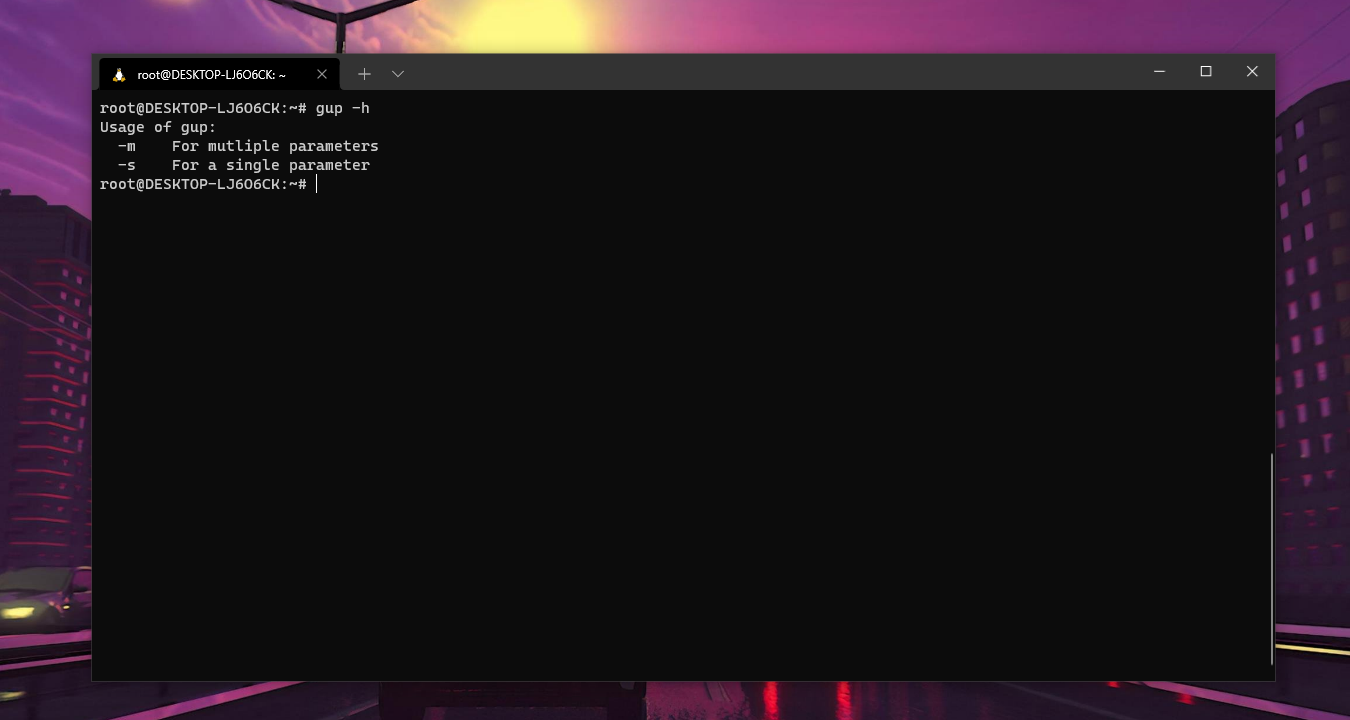When creating a sublayer, the function toSublayer0 is used to serialize the wf.Sublayer struct into the required fwpmSublayer0 struct in order to pass into the Win32 API. The Flags field should be set to fwpmSublayerFlagsPersistent when the Persistent option is set to true.
This is the same process as when constructing the fwpmProvider0 structure as seen just below it in compose.go:
// toSublayer0 converts sl into an arena-allocated fwpmSublayer0.
func toSublayer0(a *arena, sl *Sublayer) *fwpmSublayer0 {
ret := (*fwpmSublayer0)(a.Alloc(unsafe.Sizeof(fwpmSublayer0{})))
*ret = fwpmSublayer0{
SublayerKey: sl.ID,
DisplayData: fwpmDisplayData0{
Name: toUint16(a, sl.Name),
Description: toUint16(a, sl.Description),
},
ProviderKey: toGUID(a, windows.GUID(sl.Provider)),
ProviderData: fwpByteBlob{
Size: uint32(len(sl.ProviderData)),
Data: toBytes(a, sl.ProviderData),
},
Weight: sl.Weight,
}
return ret
}
// toProvider0 converts p into an arena-allocated fwpmProvider0.
func toProvider0(a *arena, p *Provider) *fwpmProvider0 {
ret := (*fwpmProvider0)(a.Alloc(unsafe.Sizeof(fwpmProvider0{})))
*ret = fwpmProvider0{
ProviderKey: p.ID,
DisplayData: fwpmDisplayData0{
Name: toUint16(a, p.Name),
Description: toUint16(a, p.Description),
},
ProviderData: fwpByteBlob{
Size: uint32(len(p.Data)),
Data: toBytes(a, p.Data),
},
ServiceName: toUint16(a, p.ServiceName),
}
if p.Persistent {
ret.Flags = fwpmProviderFlagsPersistent
}
return ret
}







